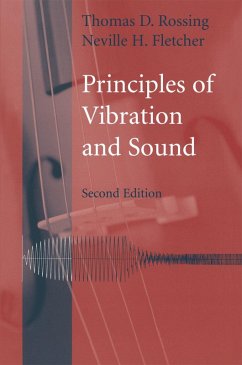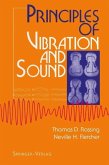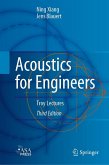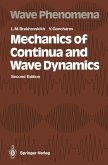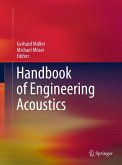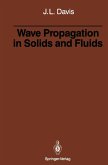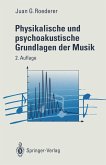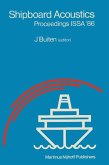Rossing and Fletcher present the physics of mechanical vibrating systems, emphasizing normal modes of vibration. Beginning with the basics of free and forced motions of simple harmonic oscillator (with electrical analogs indicated where appropriate), they then proceed to vibrations in one-dimensional systems, such as strings and bars, and two-dimensional systems, such as membranes and plates.
The discussion of coupled systems includes strong as well as weak coupling and presents both mechanical and electrical examples. The treatment includes a fairly detailed discussion of nonlinear systems and self-excited oscillators, as well as a brief explanation of modal analysis, including finite-element methods and modal testing. The second part of the book discusses the propagation of sound in air, including radiation, transmission, absorption, and diffraction. This treatment of radiation covers point, dipole, line, plane and other sources, both with and without baffles, and the propagation of sound in various kinds and shapes of pipes, horns and other acoustics components.
About the authors:
Thomas Rossing is Professor Emeritus of Physics at Northern Illinois University. He is a Fellow of the American Physical Society, Acoustical Society of America and the American Association for the Advancement of Science. He has authored 10 other books.
Neville Fletcher is Professor Emeritus of Physics of the University of New England in Australia and is now a Visiting Fellow at the Australian National University. He is a Fellow of the Australian Academy of Science, the Australian Academy of Technological Sciences and Engineering, the Acoustical Societies of both America and Australia, and the Institutes of Physics of both Australia and the UK. He has authored four other books.
Dieser Download kann aus rechtlichen Gründen nur mit Rechnungsadresse in A, B, BG, CY, CZ, D, DK, EW, E, FIN, F, GR, HR, H, IRL, I, LT, L, LR, M, NL, PL, P, R, S, SLO, SK ausgeliefert werden.

